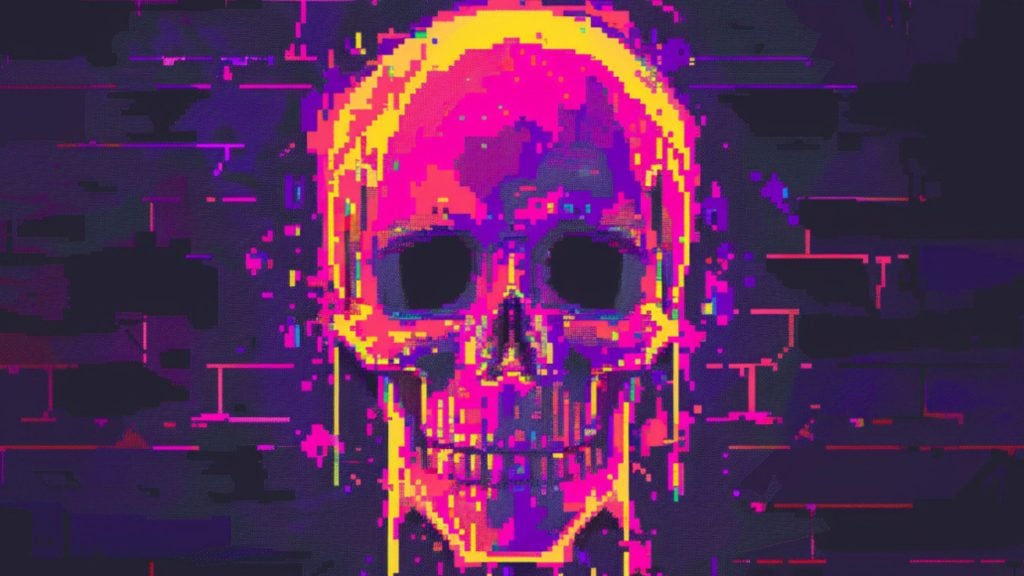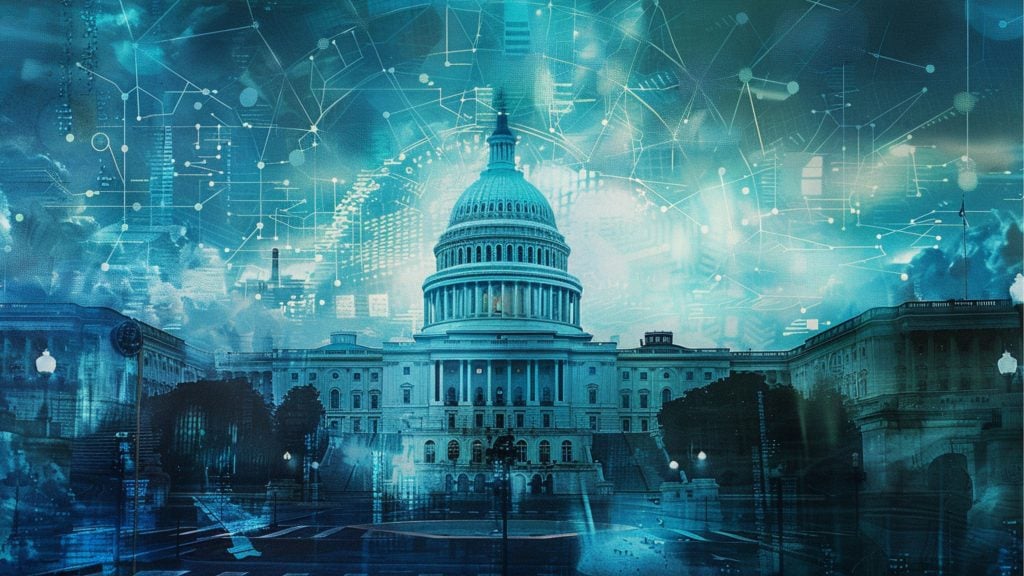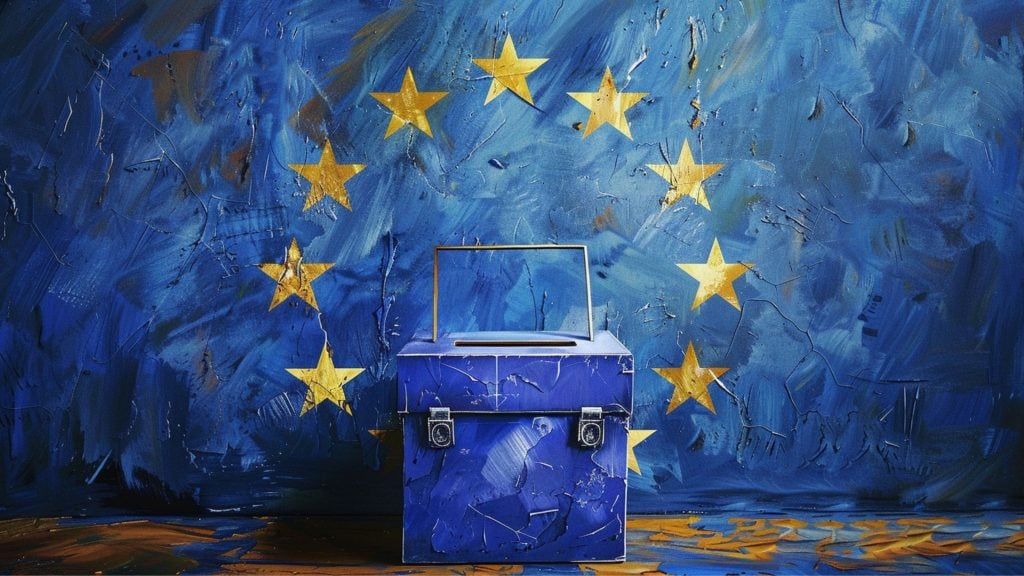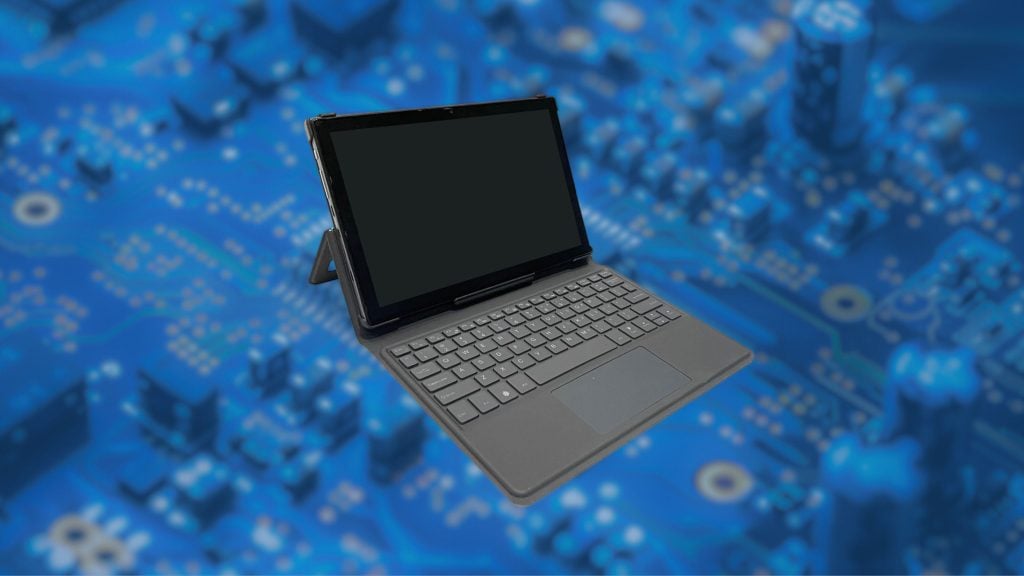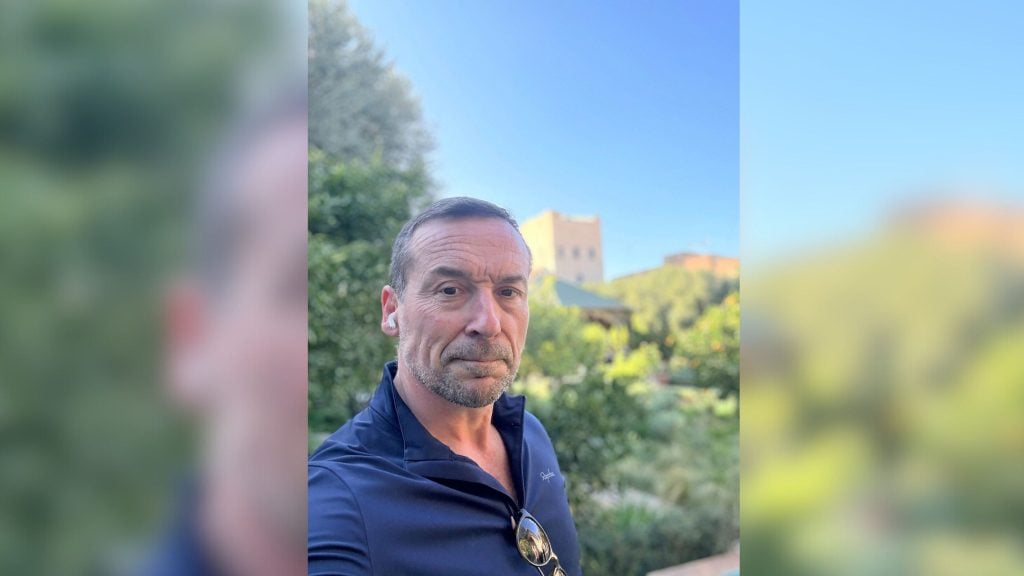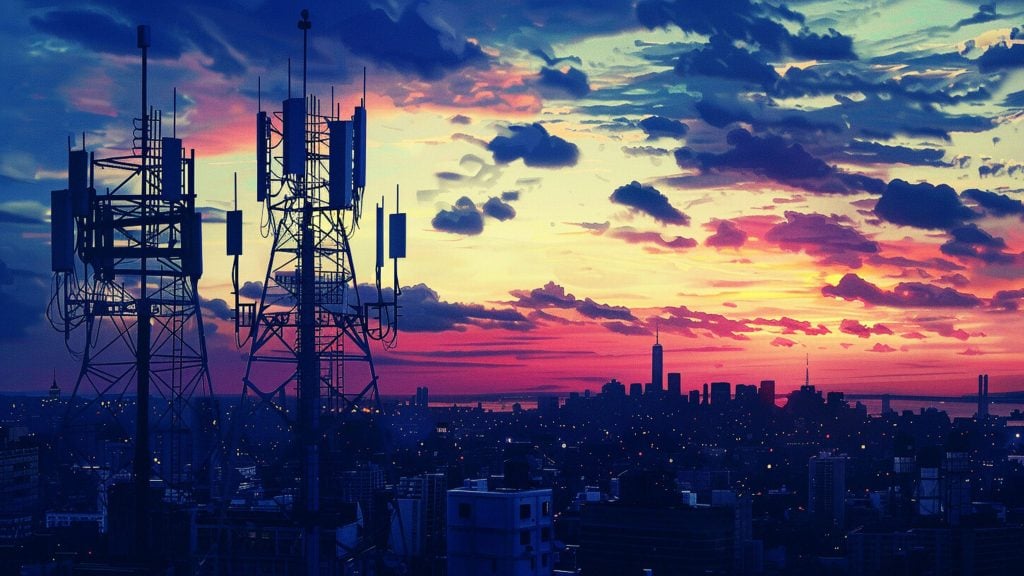Back in the day, when you wanted to censor something for privacy reasons, you simply added a colored box over it. This is often considered a respectful “good practice” when sharing screenshots. Blacking out people’s names, pictures, and personal information, even if you disagree with them, protects them from potentially getting targeted by the more fanatic types.
Over the years, pixelation became a more popular method to accomplish this. The appeal is that it shows enough to let you know what’s going on, while still protecting the person’s identity. It’s most often used on body parts for this reason.
Pixelation recently became very popular as recent protests erupted around the world. In many cases, footage of protests was carefully inspected by law enforcement to identify the participants, to either take action against them or maintain a record of their dissidence.
As is often the case with such things, it is devolving into an arms race. Researchers are now developing AI tech that can reverse pixelation to identify the faces behind them.
A group of computer scientists at Duke University published a paper outlining their Photo Upsampling via Latent Space Exploration (PULSE) system.
The paper’s abstract reads: “The primary aim of single-image super-resolution is to construct a high-resolution (HR) image from a corresponding low-resolution (LR) input.”
You know how movies and TV shows often depict law enforcement saying “Enhance!” to improve the quality of blurry, unidentifiable footage of a person? Well, that used to be science fiction, but PULSE claims to be able to do just that.
In their tests, the researchers downscaled images of people’s faces and ran them through PULSE. And while the image that came out was never identical to what went in, the results are pretty remarkable. And thereby worrisome.
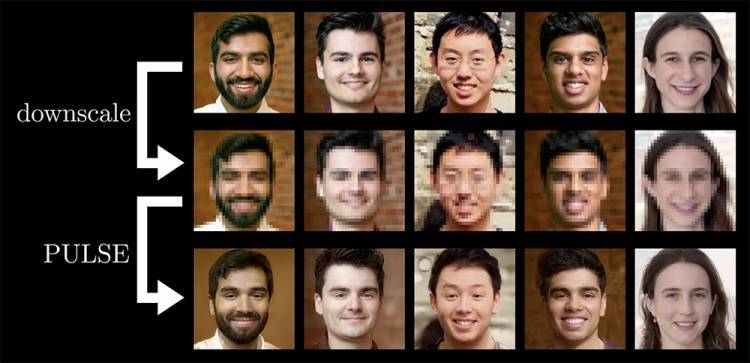
As we’ve seen with facial recognition AI, false positives are often far more likely than accurate results. All we can hope is that pixelation stops being the popular censorship method.
The tried and true black bar of old withstands the test of time.


